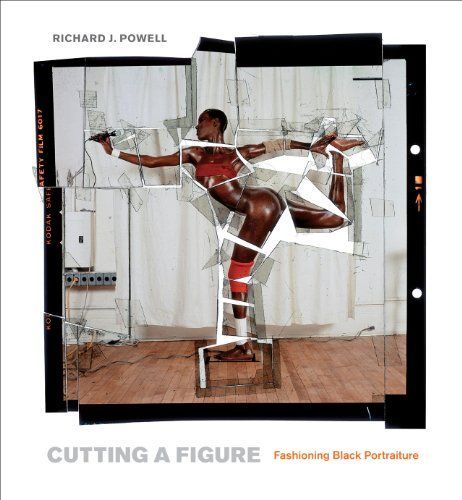
Cutting a Figure Fashioning Black Portraiture
Examining portraits of black people over the past two centuries, Cutting a Figure argues that these images should be viewed as a distinct category of portraiture that differs significantly from depictions of people with other racial and ethnic backgrounds. The difference, Richard Powell contends, lies in the social capital that stems directly from the black subject’s power to subvert dominant racist representations by evincing such traits as self-composure, self-adornment, and self-imagining. Powell forcefully supports this argument with evidence drawn from a survey of nineteenth-century portraits, in-depth case studies of the postwar fashion model Donyale Luna and the contemporary portraitist Barkley L. Hendricks, and insightful analyses of images created since the late 1970s. Along the way, he discusses major artists—such as Frédéric Bazille, John Singer Sargent, James Van Der Zee, and David Hammons—alongside such overlooked producers of black visual culture as the Tonka and Nike corporations. Combining previously unpublished images with scrupulous archival research, Cutting a Figure illuminates the ideological nature of the genre and the centrality of race and cultural identity in understanding modern and contemporary portraiture.